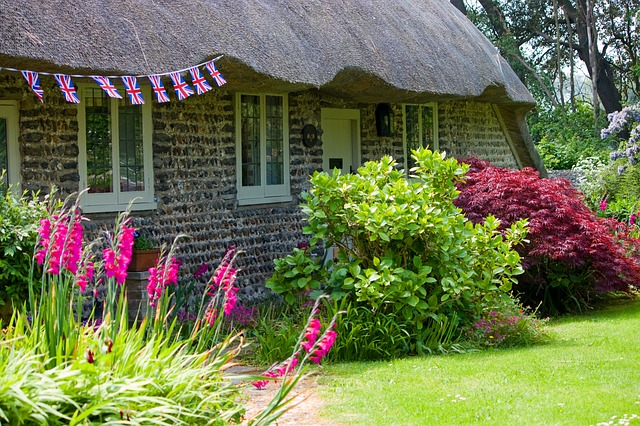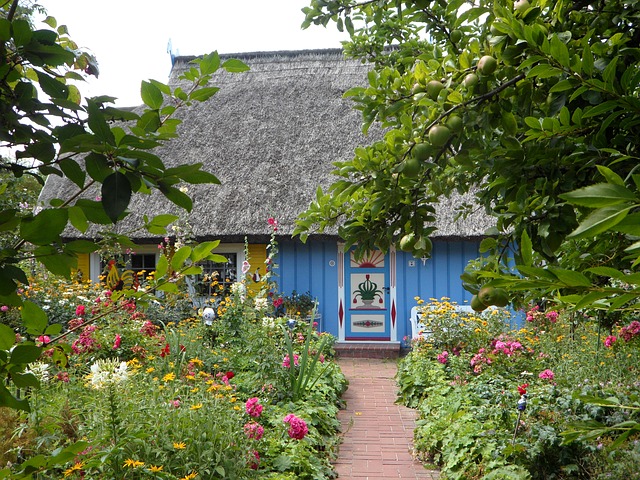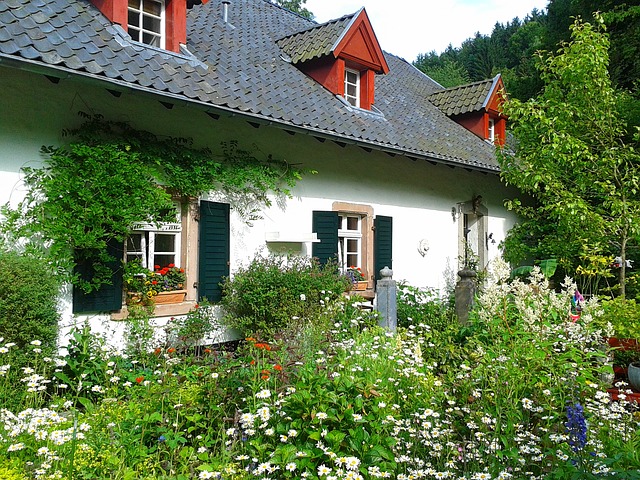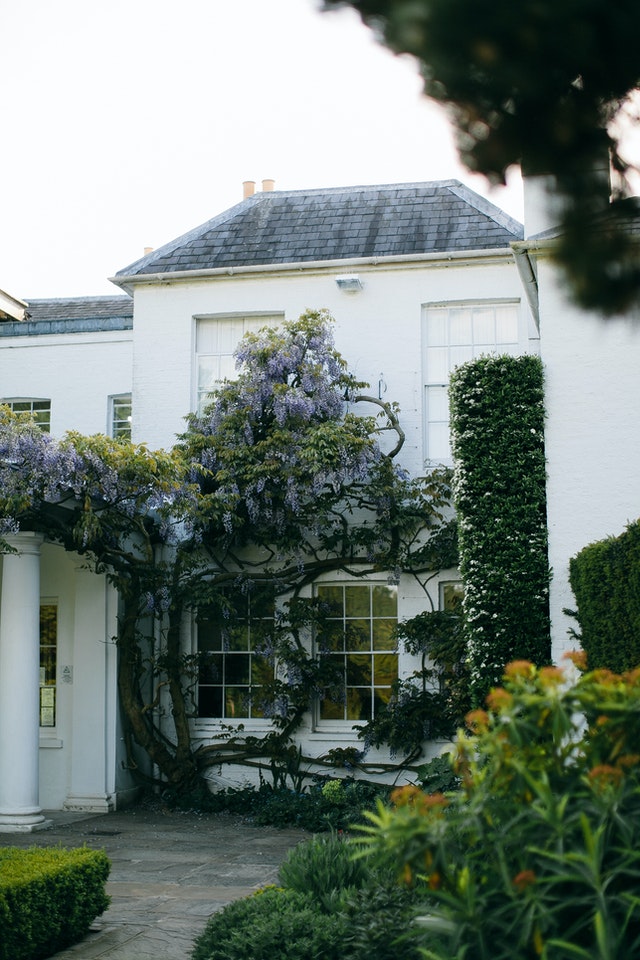Box
Another great evergreen with tight growth and smell leaves. The only trouble with box is that, if you want a decent – sized hedge, you need to plant if when you’re about 15to enjoy in your old age. (I’m exaggerating, but it will be about 10 years before it gets to 6 feet). you can buy big plants but, because it’s box is so slow growing, these are really expensive: you’re paying for a nursery to have locked after and housed the plants for a decade. Nevertheless, box is great for low hedges.
Privet
Privet is a good evergreen plant, but it’s kind of boring. And why, if you could plant, but it’s kind of boring. And why, if you could plant dramatic, dark green yew, would you want to put in so-so green privet? It also takes more looking after and needs to be cut at least twice a year.
How to plant a hedge
Usually with hedges you buy them bare root – quite literally they are dug out of the ground in the nursery, the soil is shakes off and they are sold to you. Bare root plants are only available in winter when the leaves are off deciduous plants (like beech and hornbeam). The deciduous plants are line with the disruption at that time of year, and even evergreens can tolerate being handled this way in the winter, but treat them gently, and keep the roots covered and most even if they’re not in the ground.
You can buy your plants in containers, but they will be more expensive, and when you’re doing a hedge and might need 50 or so plants the extra cost of each individual plant can mount up. However, in a container the plants are available and can be planted all year round (as long as the ground not frozen or the weather’s so hot they will be too stressed and thirsty).
1 Dig a trench large enough to take the roots with ease. Use string and a tape measure to get a straight line.
2 Work up the soil in the bottom to help the roots get a foothold.
3 Put the plants in and cover round the roots with soil. Make sure the plant is planted at the same depth as it has been in the field – you will see the colour change on the stem. Really firm the plants in so there aren’t any big air pockets. Use a measure to make sure the plants are an equal distance apart.
4 With deciduous plants (such as beech) cut off a third of the top growt6h just after you’ve planted them. This will encourage them to bush out.
What is a green roof?
If there are plants on the roof, it’s a green roof. The plants could be sedums or even moss, and they can be planted in a way that couldn’t by any means count as a garden, with no real access for people. At the other end of the scale there are full-blown gardens on high with trees, shrubs, seats, the works.
There’s a little bit of jargon that the people who do green roofs use:
Intensive systems are garde3ns on roofs. They might have trees and seating areas ground level.
With all these plants and access they need a depth of soil or some growing medium and enough strength to be safe for people to use.
Extensive systems are low maintenance, with a self – sustaining plant community’. You have these for the way the roof looks, for the sake of the building and for the environment, rather than for use as a garden.
What’s so good about a green roof?
- Insulation – it helps with the heat insulation of the building.
- Sound reduction – it protects the building from noise.
- Protection – it shields the roof surface from ultraviolet rays.
- Decreases flood risk by soaking up rainwater.
- The water instead travels through the plants and is released back into the air and acts as a natural coolant.
- Improves the air quality by soaking up carbon dioxide, releasing oxygen and water vapour, and absorbing organic volatiles.
- Provides a habitat for birds and insects.
Questions about Green Roofs
Karen Tarr from Blackdown Horticultural Consultants Limited, specialists in green roofs, answers some question about green roofs.
1. Don’t they let water into the building?
No, quite the opposite in fact. A correctly installed green roof system will prolong the life of the waterproofing by protecting it from ultraviolet rays and the elements. It is important that the waterproofing is thoroughly checked and renewed if necessary prior to installing the green roof.
2. Isn’t the whole thing really heavy with soil and water?
We don’t use soil; we use special lightweight growing mediums that retain just enough water for the plants. Plants like sedums require only shallow growing medium for their roots, which helps to keep the weight down too. The deeper the growing medium needed (for shrubs and even trees), the more the whole planting will weigh.
3. Isn’t it difficult to install and look after?
Provided it’s the green roof has been well planned it should be quite straightforward to out in and the extensive systems are specially designed to be low maintenance. Like any new planting it needs watching for weeds in its first year, but after that it’s generally a once a year job.
4. What happens after five or ten years?
If correctly designed and with minimal maintenance, the green roof should last for many years and prolong the life of the roof’s waterproofing considerably.
5. Why do you use sedums?
They are particularly suited to the tough conditions on the roof: they are evergreen. Self – generating and drought resistant. A slight increase in the depth of the substrate will support other plants like certain types of primulas, iris, Dianthus and Potentillas. With a further increase in the depth of the substrate, more upright species such as grasses and wildflowers can be used.
6. If you’re got a sloping roof, can you still have a green roof?
You actually need a bit of a slope to allow water to run off (between two and eight degrees is ideal) and we have developed successful methods of preventing slippage in steeper roofs, although these can be more expensive to install.






